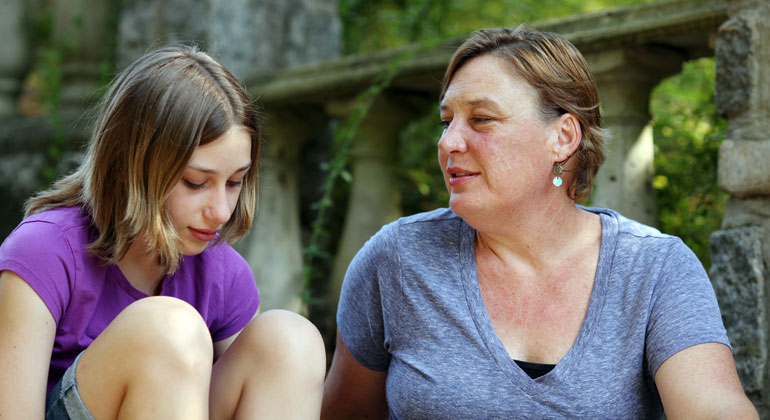Embracing our Differences in a Diverse World

My daughter and I were recently waiting in the lobby at a doctor’s office when a nurse opened the door to the waiting area to call the next patient. My daughter glanced at the nurse then at me. Uncertain how to react, yet curious whether my daughter noticed (what I noticed), I asked her, “What are you thinking?” She whispered to me, “Trans.” I nodded and we commented about how kindly the nurse interacted with the toddler who she led down the corridor.
It was unlikely that the young child noticed anything different about the nurse. My 7th grader, more socially aware, did notice that the nurse looked different yet she didn’t seem to find it so unusual. Similar to when I heard her talking to a friend about a female camp counselor who has a girlfriend. She relayed the information in a matter-of-fact way, not with judgement or ridicule.
It is truly amazing that we are raising kids in a time of increased openness to and awareness of diversity; not only towards the LGBT community but to all people who are different. Increased awareness however, also means an increased risk of mistreatment for those who are perceived different. Certainly, more work is needed to teach tolerance and acceptance.
As our children return to school and share classrooms, lunchrooms and playgrounds with a diverse student population, sadly, some will be singled out because they look or act different from their peers. The start of the school year is a great time to talk with our children about diversity, tolerance and acceptance and the lasting impact of our words AND our actions.
5 Ways to Teach Your Child Tolerance Now
Appreciate & Respect Differences
Differences allow us to express ourselves as unique individuals. No one should ever feel the need to hide their individuality. While we may not share the same beliefs as others, we must respect one another.
Emphasize Similarities Rather than Differences
We are often more similar to others than we are different. Ask your kids to think about what they have in common with someone they perceive as different. Encourage your child become acquainted with someone before they make assumptions.
Compassion & Empathy
Compassion and empathy are traits that counteract judgment. Teach your child how it feels to walk in another’s shoes. Ask your child questions like, “Imagine how life might be like for that person,”or “How do you think he feels.”
Teach Kids to be Good Digital Citizens
It is NEVER okay to embarrass, humiliate or hurt others, and that includes behavior on social media. Teach your kids to treat others online with respect and kindness. Establish rules around how to treat others on social media as well as in texts. Nobody deserves to be mistreated.
We are Role Models
Our children are watching. We must examine our own attitudes towards diversity and tolerance and pay attention to our own communication.
To learn more practical tools for parents and children to employ to combat bullying please join us at Bernard Weinger JCC in Northbrook on October 17 at 7:00 p.m. when Carrie Goldman, award-winning author of Bullied, will discuss how to identify the difference between normal social conflict, bullying, bias, and actual discrimination.
Amy Hertzberg has a Master’s in Social Work and is a Certified Professional Life Coach. She specializes in coaching women and parents. To learn more about Amy, AIM Parent Coaching and Life Coaching, please visit www.amyhertzberg.com.






